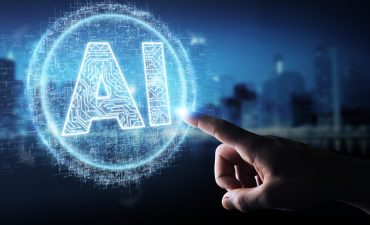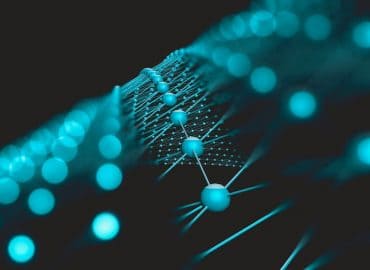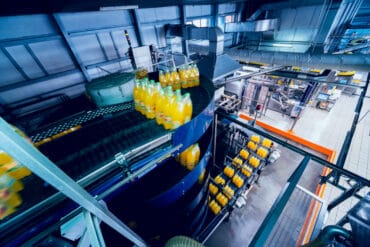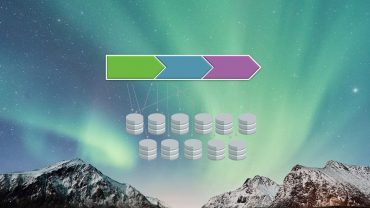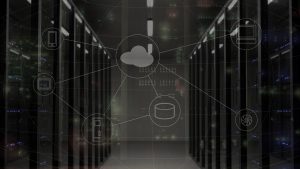
AIOps gives operators information to make an intelligent decision quickly or it can be used to automate the decision itself.
Lately, artificial intelligence for IT operations (AIOps) has taken hold. Can it help organizations run their technology in a smarter way?
Gartner defines AIOps as a combination of AI, big data, and machine learning to manage primary IT operations functions, “including availability and performance monitoring, event correlation and analysis, and IT service management and automation.” The consultancy predicts that AIOps use will rise from five percent in 2018 to 30% in 2023.
See also: AIOps Prevent Risk Of Digital Service Outages
In a recent edition of Real Time Talk, I had the opportunity to chat with Mike Kavis, chief cloud architect for Deloitte Consulting, about what it all means. “AIOps means 70 things to 30 different people,” he points out. “But it comes down to using intelligence to supplement or augment operations. It’s using systems and machines and artificial intelligence capabilities to help supply information to help solve a problem. That problem could be operating the system or as simple as when you’re in Gmail and you’re typing a search.”
AIOps is intended “to inform or even automate operations, whether that’s giving operators intelligent decisions and letting them decide, or sometimes even going a step further and automating a decision point for you,’ Kavis explains. Clouds, for example, “spin up and they spin down and then sometimes we have it in multiple clouds, and it’s really too much for humans to keep tabs on in a real sufficient way.”
What goes into an AIOps platform? Sameer Padhye, Bishnu Nayak and Enzo Signore explore the essential building blocks in their ebook, AIOps for Dummies:
- Open data ingestion: An AIOps platform collects data that may include “operational insights such as faults, logs, performance metrics, log alerts, tickets, and more.”
- Auto-discovery: “Businesses need an auto-discovery process that automatically collects data across all infrastructure and application domains – including on-premises, virtualized, and cloud deployments. Auto-discovery also identifies all infrastructure devices, the running applications, and the resulting business transactions.”
- Correlation: “The AIOps platform correlates this data in a contextual form. It needs to determine the relationships between infrastructure elements, between an application and its infrastructure, and between the business transactions and the applications.”
- Visualization: Visualization enables IT operations to “quickly pinpoint issues and take corrective actions.”
- Machine learning: “AIOps solutions use supervised and unsupervised machine learning to determine patterns of events in a time series. They also detect anomalies from expected behaviors and thresholds and predict outages and performance issues.”
- Automation: Automation delivers ROI “by automating human IT operations tasks, reducing significant operating expenses, and expediting innovation. It also reduces MTTR and can improve customer satisfaction.”
The move to AIOps likely will run against organizational issues — “the same obstacles when we went from the mainframe to the internet, from the internet to SOA, from SOA to cloud, from cloud to whatever,” Kavis says. “You have to embrace new ways of thinking. Moving more towards being proactive and letting systems alert you when there’s something wrong, or even letting systems self-heal.”


